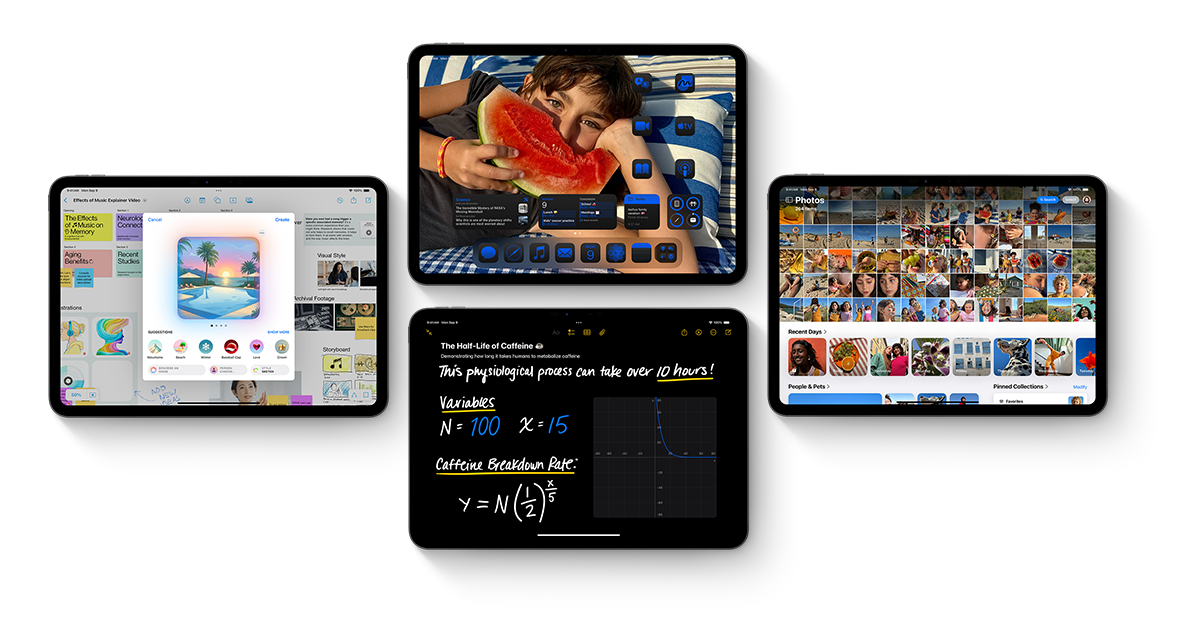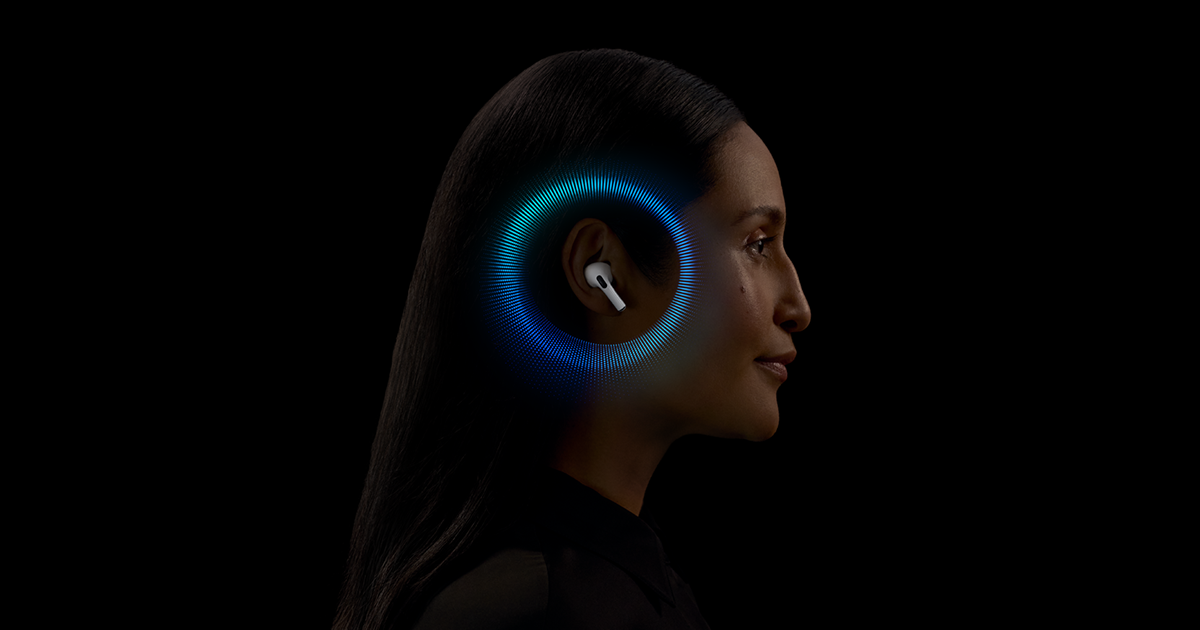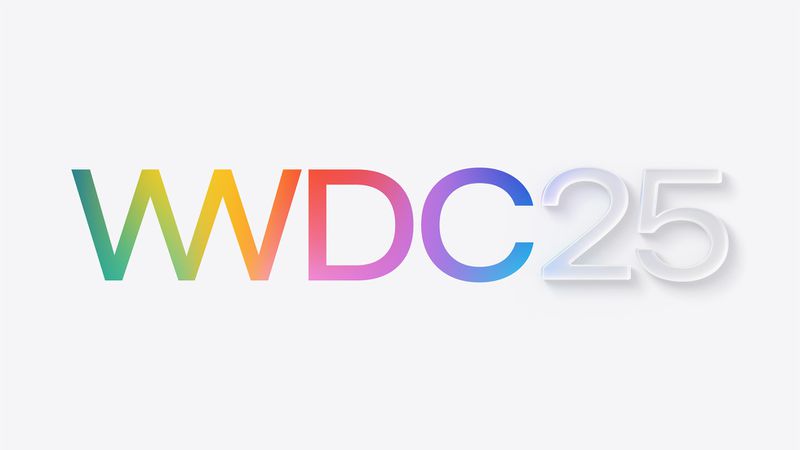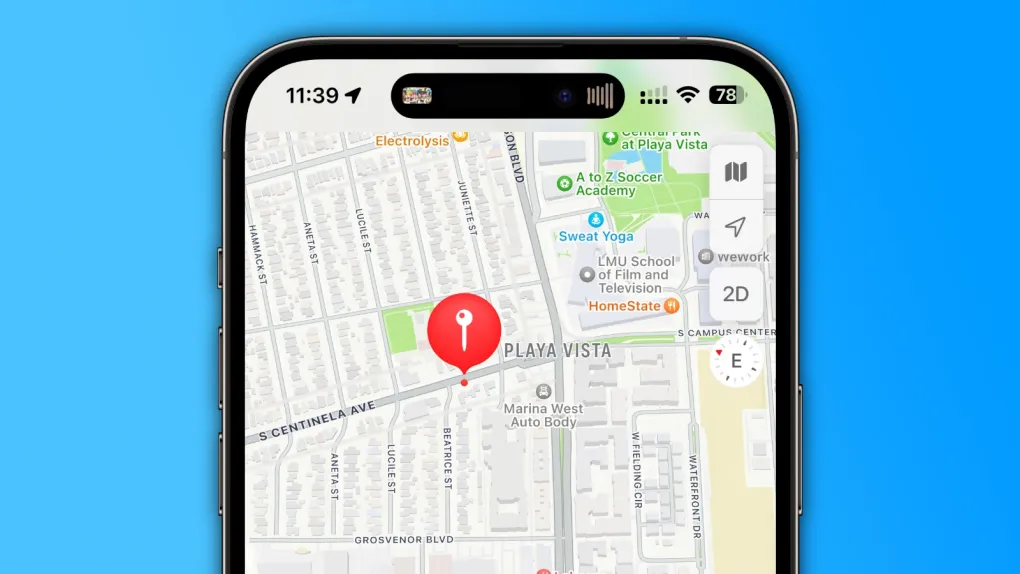Get ready, iPad fans! The new iPadOS 18.4 update is almost here, and it’s bringing some awesome changes to make your iPad even better. Here’s a quick look at the four exciting features you’ll soon enjoy.
First up, there’s a smarter way to handle notifications. With Priority Notifications, your iPad will figure out which alerts matter most and put them right at the top of your screen. No more digging through a pile of messages to find the important stuff!
Next, the Mail app is getting a big upgrade. It’ll now sort your emails into handy categories like personal, work, or shopping. This tweak, already loved on the iPhone, will keep your inbox neat and easy to manage. Third, Apple News+ is adding a tasty twist. A new Food section will dish out recipes, cooking tips, and foodie stories—perfect for anyone who loves to whip up something yummy or explore new flavors.
Finally, app downloads are getting simpler. If you need to pause an app or update from the App Store, you can now hit pause instead of canceling and starting over. It’s a small change that makes life a little smoother. These updates are rolling out soon, so keep an eye out! Whether you’re staying organized or just having fun, iPadOS 18.4 has something cool for everyone.







